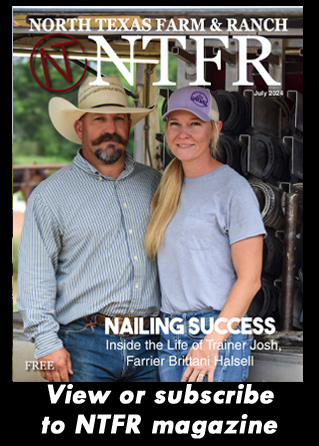Farm & Ranch
[AgriLife Today] It’s_crabgrass time again
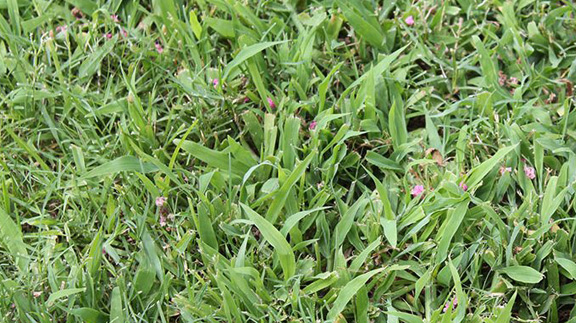
By: Paul Schattenberg
AgriLife Extension experts provide control advice for homeowners, others
DALLAS — Given the recent warm temperatures in North Texas, Texas A&M AgriLife Extension Service experts have put out the word that now is the time to treat for crabgrass.
“With soil temperatures rising to the upper 50s and low 60s, we may see crabgrass germination very soon, especially if we get rain,” said Janet Hurley, AgriLife Extension program specialist at the Texas A&M AgriLife Research and Extension Center in Dallas. “Now is a great time to apply pre-emergent herbicides.”
Hurley said crabgrass germination typically occurs in late winter, but varies from year to year based on temperature, rainfall and location.
“Germination usually begins when the soil temperature at a 2-inch depth reaches about 55 degrees for at least three days,” she said. “Since crabgrass is the first summer annual grassy weed to germinate, we see its initial presence as something of a signal for the application of pre-emergence herbicides.”
Dr. Matt Elmore, AgriLife Extension turfgrass specialist at the Dallas center, recently recommended homeowners and others who take care of turfgrass areas, such as groundskeepers and athletic field managers, apply pre-emergent herbicides in the very near future.
Elmore said when looking for crabgrass seedlings, walk along south-facing slopes, bare areas and areas along sidewalks.
Hurley noted bare spots and weak areas in the lawn are typically where people start to see new crabgrass growth.
Most pre-emergence herbicides must be applied before the target weed germinates or emerges or they will not control them.
“Although these herbicides are commonly used to control annual weeds that germinate at predictable times of the year, they will not control perennial weeds,” Hurley said. “A pre-emergence herbicide is the most effective way to control crabgrass. These herbicides are especially recommended for lawns with a history of crabgrass problems.”
Some of the common active ingredients in pre-emergence products available to homeowners include pendimethalin, dithiopyr and prodiamine. Trade names for these products include Pre-M, Bonide Crabgrass Preventer and Halts Crabgrass Preventer.
“Pre-emergence herbicides that contain these active ingredients will usually provide suitable crabgrass control when applied before crabgrass germination and according to the product label,” Hurley said. “These products mostly control grassy weeds, although they may control some broadleaf weeds as well. Always check to ensure that the product can be safely used on the turfgrass species in your lawn.”
Many pre-emergence products that contain dithiopyr are also labeled for early post-emergence control of small or seedling crabgrass plants, they said.
“Consider using these products if you cannot make the application before germination and check the label to ensure it contains dithiopyr and is labeled for early post-emergence control,” Hurley said.
She noted corn gluten meal is an organic option for crabgrass control, and while research has shown crabgrass control with this product is inconsistent, it may be effective in some situations.
“It is best to select a pre-emergence product that does not contain nitrogen fertilizer,” Hurley added. “While crabgrass preventers with nitrogen may be suitable for northern regions of the U.S., they should not be used in Texas. Warm-season grasses are still mostly dormant when crabgrass germinates and nitrogen fertilizer should not be applied until the lawn is mostly green.”
She also noted that unlike “weed and feed” products that control broadleaf weeds, pre-emergence herbicides are usually safe for use around trees and ornamentals. However, products that contain atrazine are one exception and some are labeled for use over the top of ornamentals.
Pre-emergence herbicides are effective only if they are applied uniformly and are watered into the soil by rainfall or irrigation before the crabgrass or other target weed emerges.
“See the product label for information on the amount of irrigation or rainwater needed,” she said. “After they are watered in, the herbicide molecules remain in the upper layer of soil and control weeds or grasses that germinate from seed for several weeks. If you plan to seed or sod, do not apply a pre-emergence herbicide without first checking the label for the appropriate reseeding and sodding interval.”
Hurley also said it is best not to apply some pre-emergence herbicides before sprigging or sodding.
“If you are planning this type of turf renovation, use other weed-control options,” she said. “In general, apply these herbicides only to well-established turfgrass. Check the product label if you have established turf from sod, seed or sprigs within the previous year. Many pre-emergence herbicides will impede encroachment of existing turfgrass into areas damaged by winterkill, traffic or diseases. It’s also a good idea not to use pre-emergence herbicides if your lawn has been severely damaged.”
Hurley said more information can be found on the Aggie Turf website https://aggieturf.tamu.edu/turfgrass-weeds/large-crabgrass/.
To find which pre-emgergence herbicides are recommended for athletic fields and commercial uses, go to http://schoolipm.tamu.edu/files/2016/02/Pre_emergement_handout.pdf. This handout highlights herbicides labeled for control of grassy and small-seeded broadleaf weeds.
-30-
LikeTweet
Find more stories, photos, videos and audio at http://today.agrilife.org
Farm & Ranch
Grazing North Texas: Managing Old World Bluestems
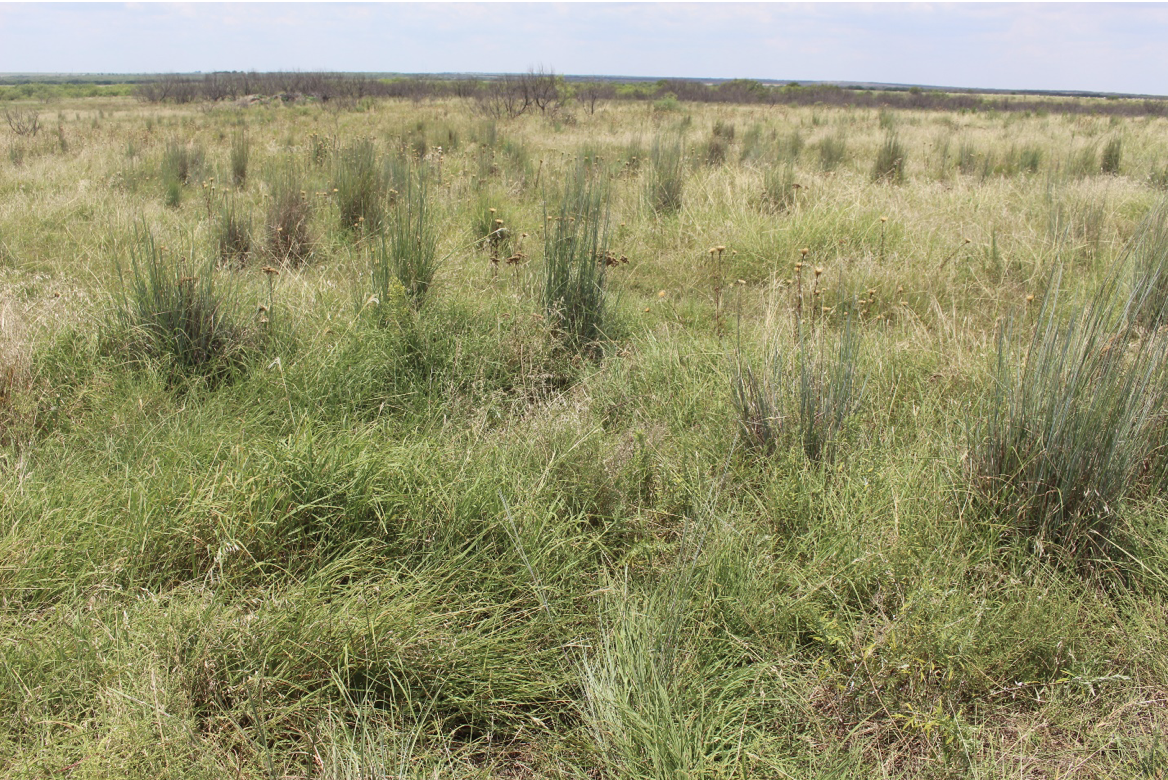
By: Tony Dean
Since their introduction to the U.S. in the early 1900s, Old World Bluestems such as King Ranch bluestem and Dahl bluestem have become established on farms and ranches from the Rio Grande to Nebraska. With such a wide range of adaptability, these species are subjected to a wide range of management, depending on location and the goals of the rancher.
Due to the aggressive nature of OWBs, producers in far South Texas have been trying to find a way to eradicate OWBs in their pastures. Texas AgriLife Extension bulletin “Introduced Bluestem Grasses: Management on Native Lands” describes several methods being used in the effort to rid pastures of OWBs. In 2016, one project involved using chemicals, plowing, mowing, reseeding, summer burning, and combinations of these practices.
To read the about the researchers findings and hear Tony’s take, pick up a copy of the October edition of North Texas Farm & Ranch magazine, available digitally and in print. To subscribe by mail, call 940-872-5922.
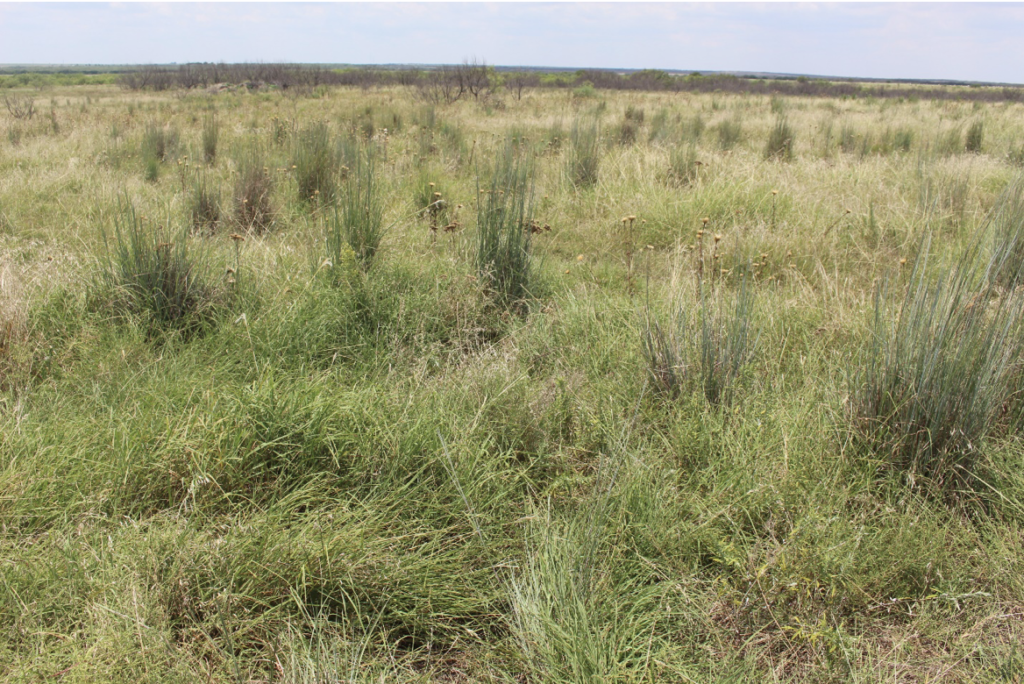
Farm & Ranch
Meanwhile Back At The Ranch
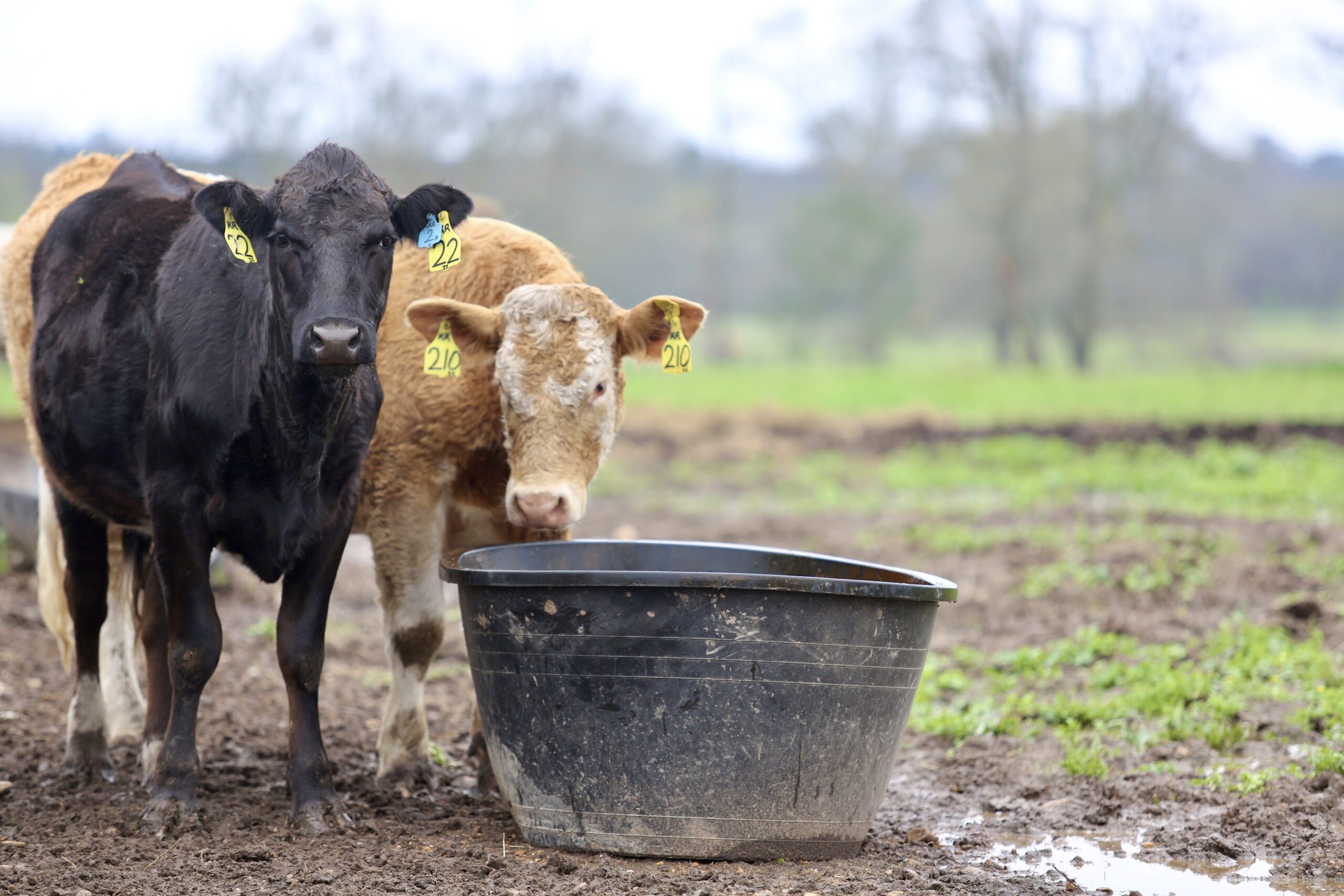
By: Rayford Pullen
Watching our pastures over the years, I have noticed our forages quit growing when nighttime temperatures begin hitting that 45-degree mark, and in North Texas, that will usually be around October 20.
While growth stops, our forages will still be high quality which allows our momma cows to gain weight for another 40 days or so.
Getting these cows in better condition is key to getting them through the winter and breeding after they calve.
Read more in the October issue of North Texas Farm & Ranch magazine, available online and in print. Subscribe to our newsletter to receive NTFR in your inbox each week.
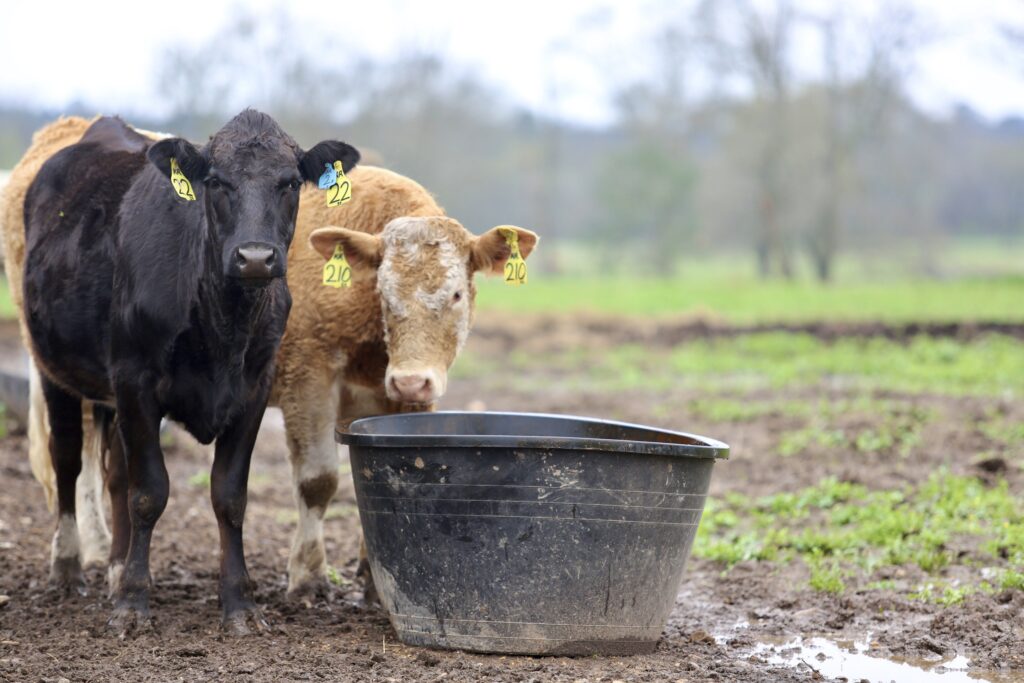
Farm & Ranch
Grazing North Texas: Old World Bluestems

By: Tony Dean
In volume 1 of “Old World Bluestems”, Tony Dean addressed issues surrounding the Old World Bluestem family, including the invasive nature of these grasses. In this issue, he examines OWBs as a forage for livestock.
OWBs were intially brought to the US as foragr for livestock and for erosion control capability. Ironically, some of the characteristics that make these species invasive also cause them to be desirable grass for grazing.
One of the primary survival characteristics of OWBs is their ability to withstand heavy grazing. OWBs are genetically prone to grow upright like our native bluestems; however, with heavy grazing pressure, plants begin to take a sod growth form.
To read more, pick up a copy of the September issue of NTFR magazine. To subscribe by mail, call 940-872-5922.

-

 Country Lifestyles2 years ago
Country Lifestyles2 years agoScott & Stacey Schumacher: A Growth Mindset
-

 Country Lifestyles8 years ago
Country Lifestyles8 years agoStyle Your Profile – What your style cowboy hat says about you and new trends in 2017
-

 HOME8 years ago
HOME8 years agoGrazing North Texas – Wilman Lovegrass
-

 Equine1 year ago
Equine1 year agoThe Will to Win
-

 Country Lifestyles5 years ago
Country Lifestyles5 years agoAmber Crawford, Breakaway Roper
-

 Outdoor9 years ago
Outdoor9 years agoButtercup or Primrose?
-

 Country Lifestyles8 years ago
Country Lifestyles8 years agoDecember 2016 Profile, Rusty Riddle – The Riddle Way
-

 Country Lifestyles8 years ago
Country Lifestyles8 years agoJune 2016 Profile – The man behind the mic: Bob Tallman

